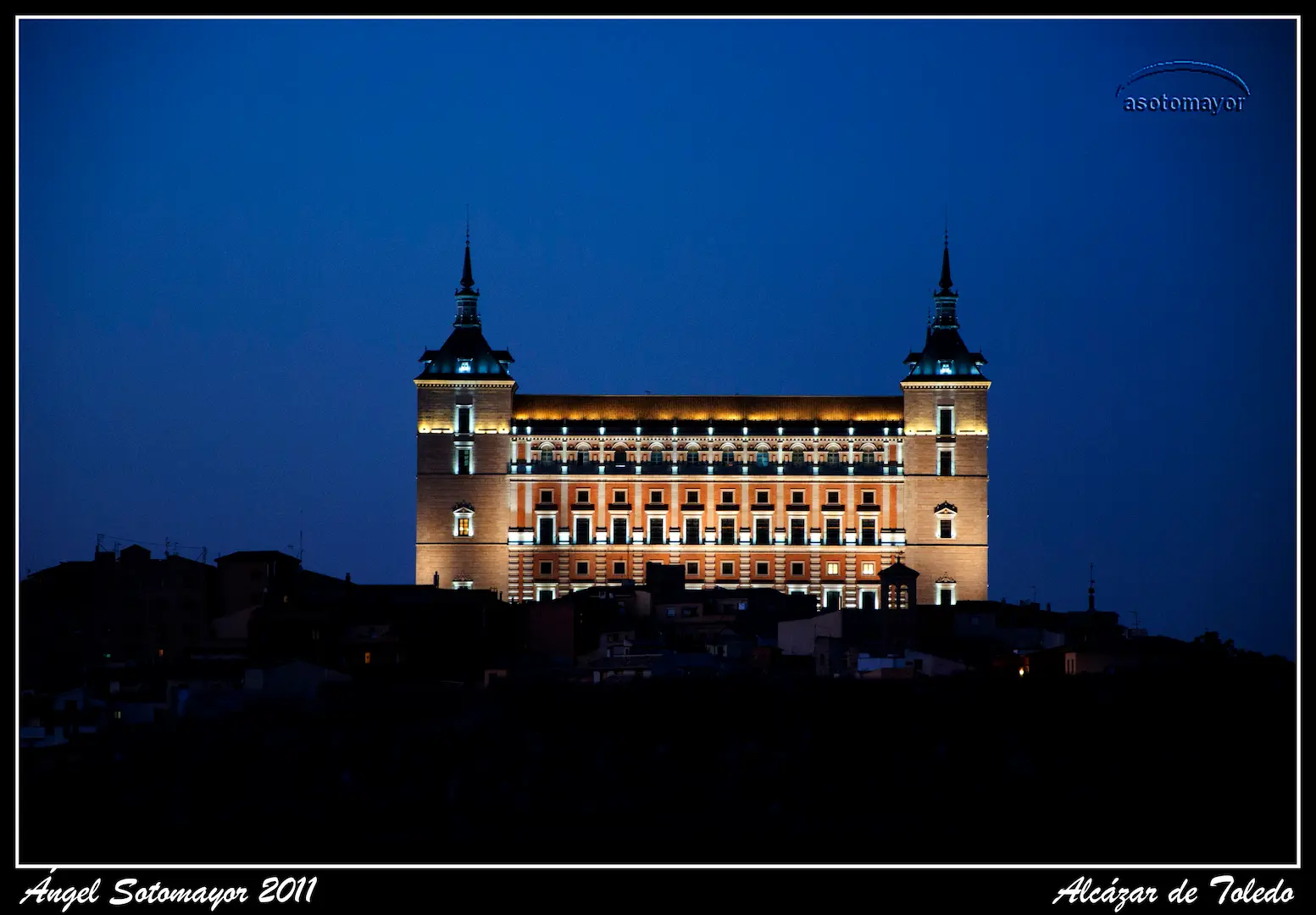Architectural Majesty: Alcázar of Toledo
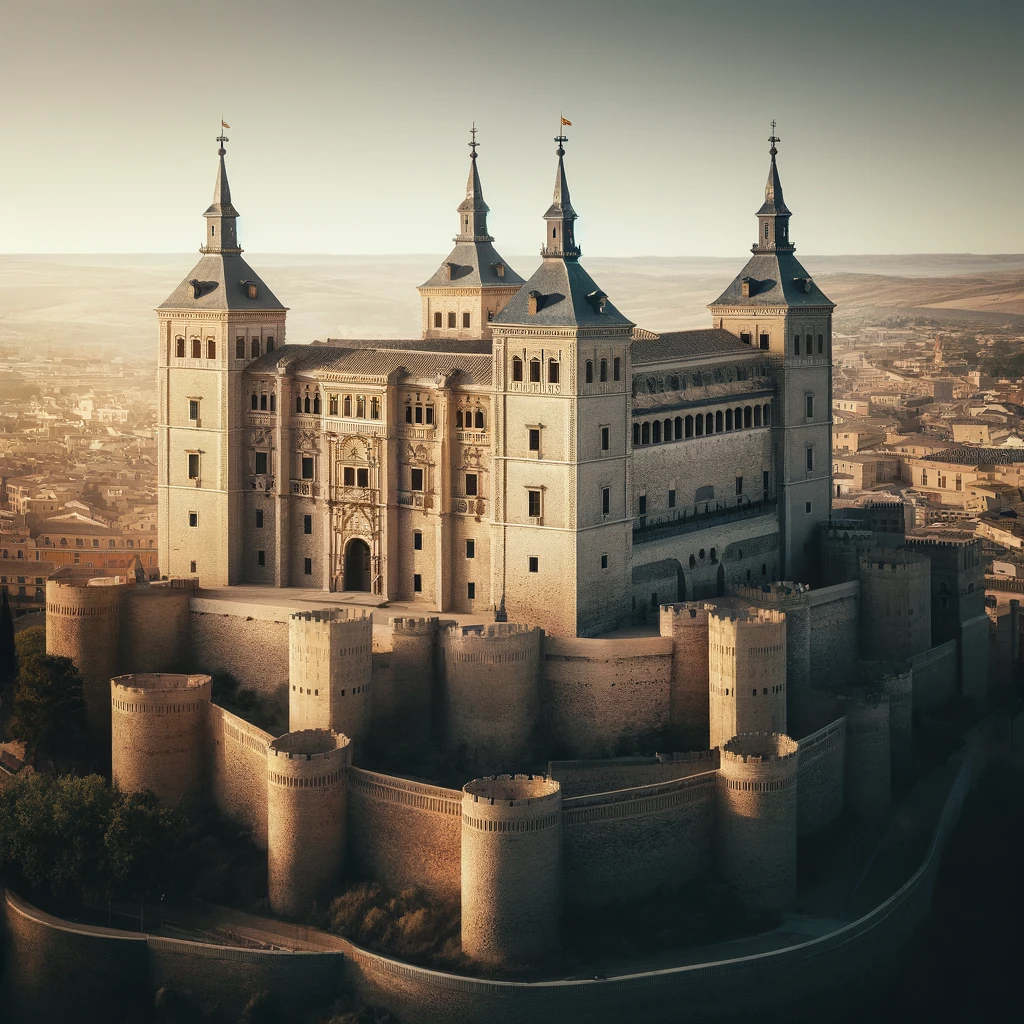
The Alcázar of Toledo, prominently located on the highest point of Toledo, showcases a majestic blend of architectural styles developed over centuries. Originally built during Roman times, the fortress has undergone significant transformations. Notably, during the 16th century under Emperor Charles V, it was extensively renovated by the architect Alonso de Covarrubias. This renovation introduced Renaissance elements that emphasized its grandeur and strategic importance. The fortress's robust structure, characterized by its massive walls and four corner towers, not only served military purposes but also symbolized royal power.
Restoration and Preservation Efforts
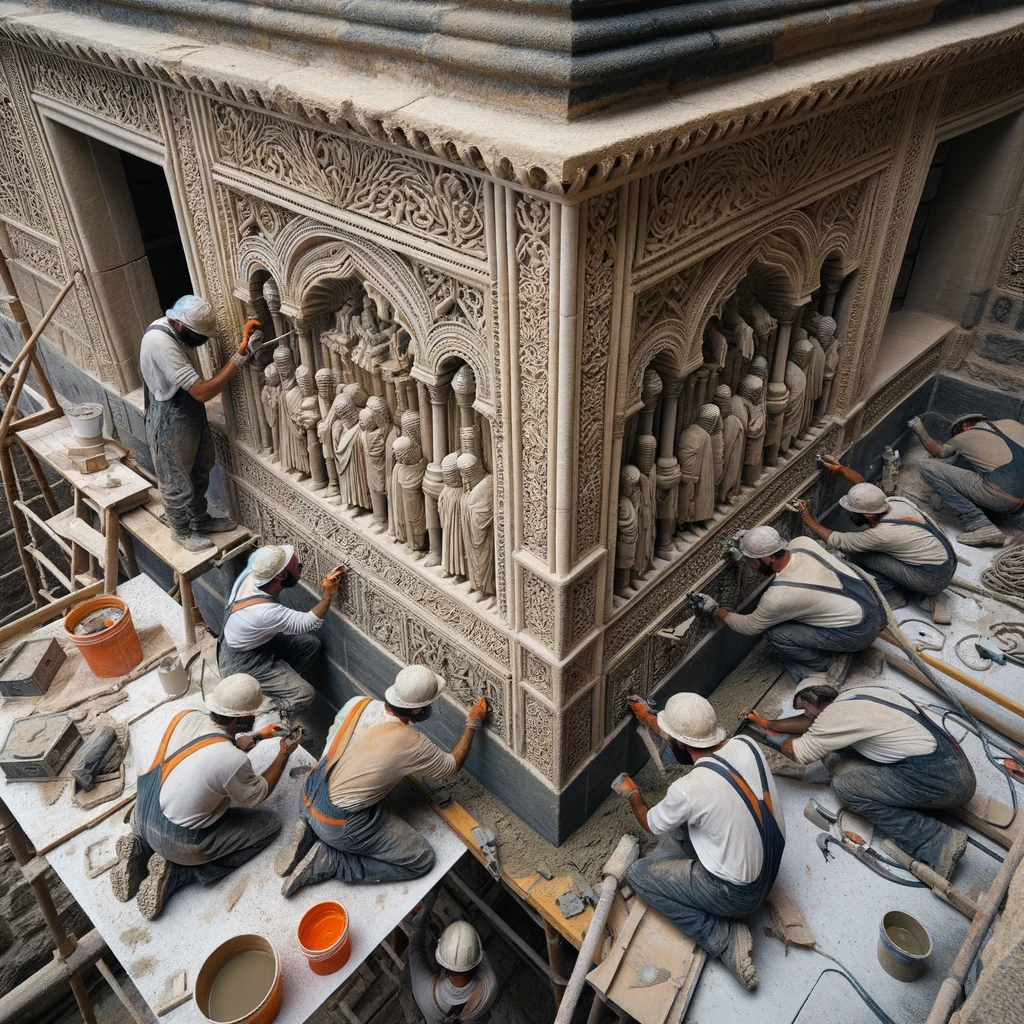
Over the years, the Alcázar of Toledo has been the focus of numerous restoration efforts aimed at preserving its cultural and historical integrity. Following damage during the Spanish Civil War, extensive renovations were undertaken to restore the fortress to its former state. These efforts have been crucial in maintaining the Alcázar as a testament to Spanish history and architecture. Today, these preservation activities continue, integrating modern technologies with traditional techniques to ensure the longevity and educational potential of this historic site.
The Alcázar as a Cultural Hub

The Alcázar of Toledo today serves as more than just a historic fortress; it has been repurposed into a vibrant cultural hub. It houses the Army Museum, which displays a rich collection of military artifacts that span the breadth of Spanish military history. This transformation allows visitors to engage with both the historical military significance of the site and its broader cultural impact. Through its exhibitions and educational programs, the Alcázar enriches visitors' understanding of Spain's past conflicts and achievements, making it a key educational resource and a focal point for cultural tourism in Toledo.
The Alcázar castle today
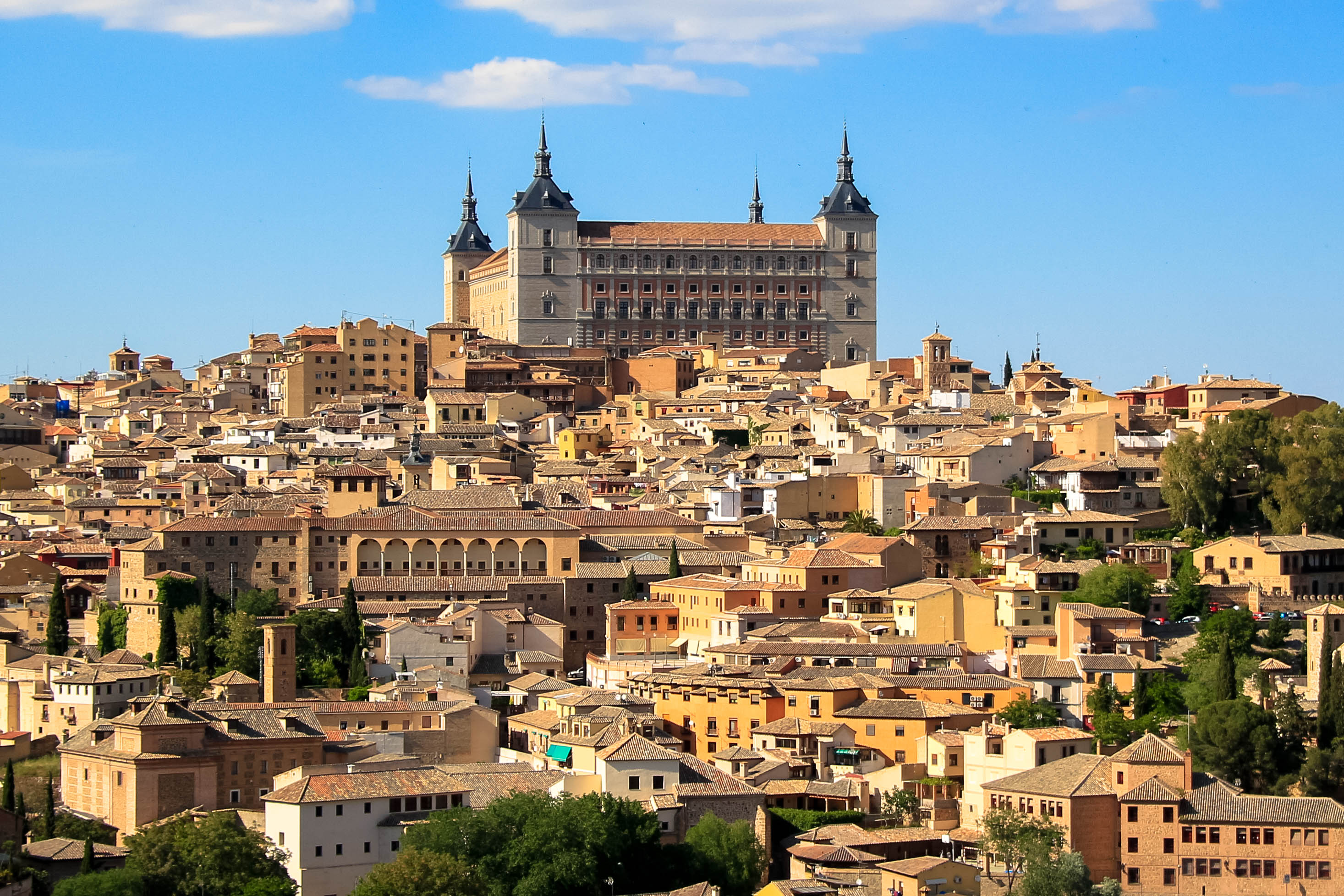
The History of the Alcázar castle
The Alcázar of Toledo, an emblematic fortress in the heart of Spain, stands as a testament to the country's rich and multifaceted history. Its origin story is steeped in a blend of legend and historical fact. The site was first used by the Romans as a strategic military position due to its elevated location, overlooking the Tagus River. This early Roman presence laid the foundation for the structure's significance. Over centuries, the Alcázar evolved under the influence of various cultures, including the Visigoths and the Moors. It was during the reign of Alfonso VI in the 11th century that the Alcázar began to take on its current form, embodying the architectural aesthetics of the time. Each epoch left its mark, turning the Alcázar into a mosaic of architectural styles and cultural influences, symbolizing the dynamic history of Toledo and Spain as a whole. Under the Moors, the Alcázar was further fortified and expanded, reflecting the Islamic architectural styles that were prevalent in the region at the time. The transition of control from the Moors to the Christians brought about significant changes, not only in the architectural landscape but also in the cultural fabric of Toledo. The Alcázar's strategic importance was continually recognized, serving various roles throughout history, including a royal palace, a military academy, and even a state prison.
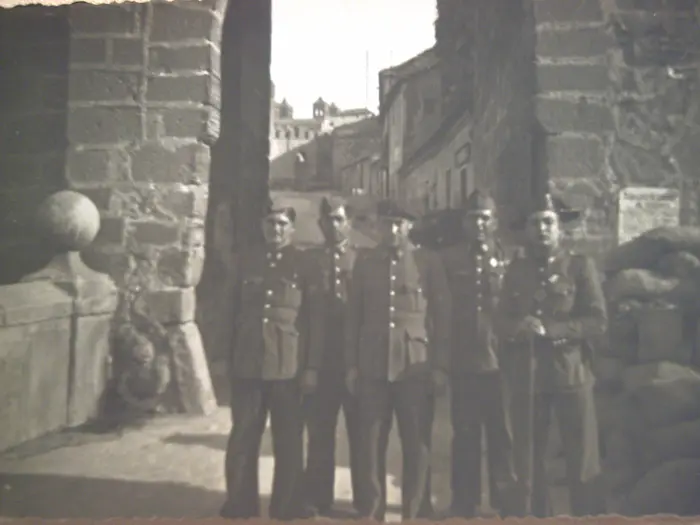
Why the fortress was built
The Alcázar of Toledo, an iconic fortress located in the city of Toledo, Spain, was originally built to serve as a Roman palace in the third century. Over the centuries, it evolved significantly, influenced by the diverse cultures that ruled Toledo, including the Visigoths, Moors, and Christians. Its primary purpose was strategic; the Alcázar was constructed atop a hill in the heart of Toledo, giving it a commanding view of the surrounding area and making it a key defensive structure. The transformation of the Alcázar over the ages is a testament to the complex history of Toledo itself. From its early days as a Roman stronghold, the fortress underwent numerous reconstructions and renovations. Each ruling power left its imprint on the architecture, incorporating elements that reflected their own cultural and aesthetic preferences.

The Architecture of the fortress
The Alcázar of Toledo, a monumental fortress in Spain, has its roots in Roman times but underwent its most transformative phase during the 16th century under Emperor Charles V and Philip II. These Spanish monarchs envisioned the Alcázar as a symbol of imperial strength and cultural prestige. To this end, they engaged prominent architects like Alonso de Covarrubias and Juan de Herrera, who reinvented the fortress into a majestic Renaissance palace. This period marked a significant departure from the fortress's military past, as the emphasis shifted towards creating a residence that symbolized the power and sophistication of the Spanish Empire. The architects incorporated elements of the Renaissance architectural movement, which was characterized by symmetry, proportion, and the use of classical elements such as columns and pilasters. The transformation included the addition of grandiose halls, expansive courtyards, and ornate chambers, designed to host dignitaries and hold court.
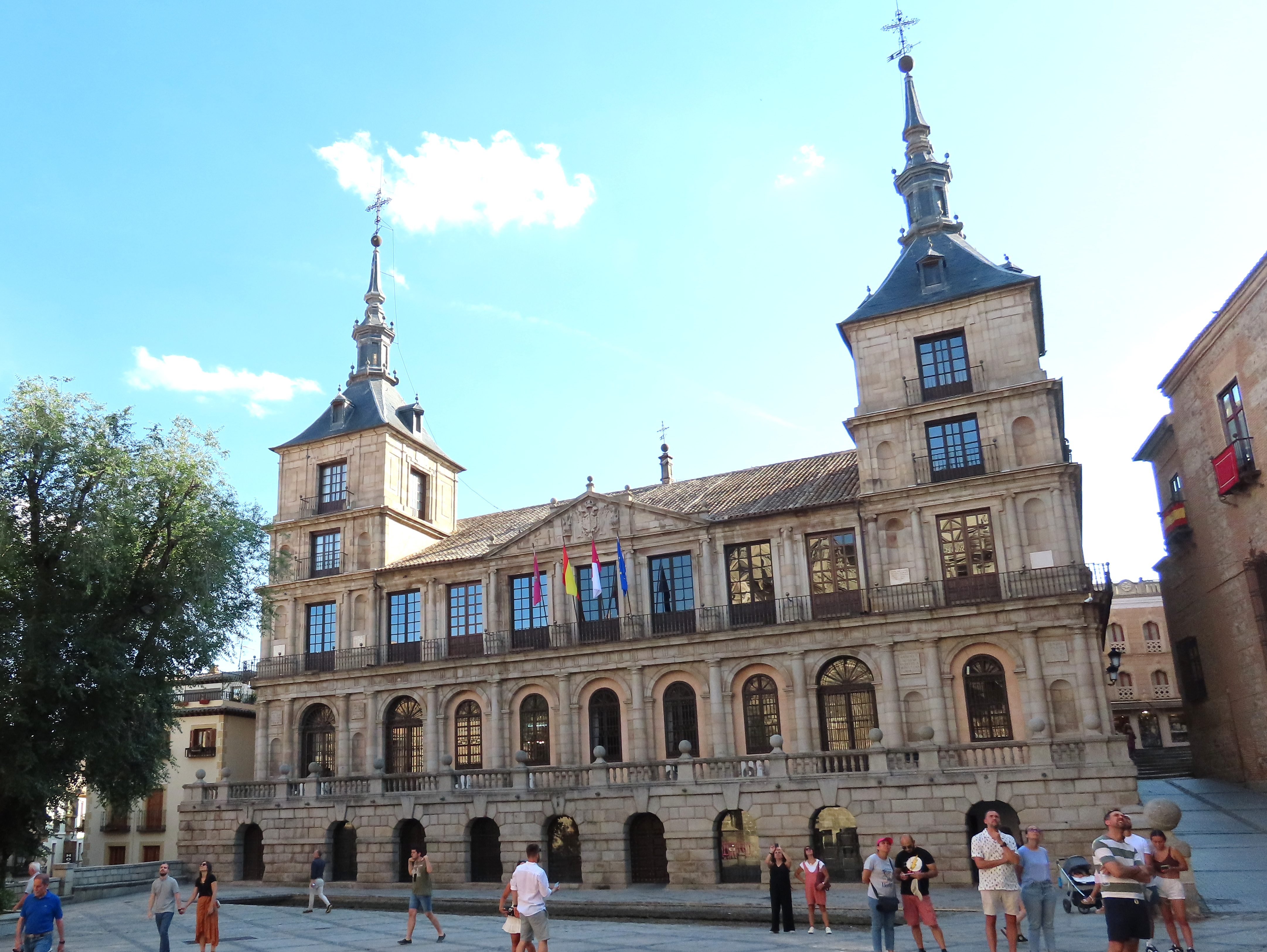
The state of the Alcázar caslte today
The Alcázar of Toledo stands as a majestic testament to Spain's rich history, now serving as the home to the Army Museum, which displays an extensive collection of military artifacts and history. This iconic fortress has been beautifully restored, showcasing its Roman roots and the myriad of architectural influences from Islamic, Gothic, and Renaissance periods. It's not just a historical monument but also a vibrant cultural center, hosting various exhibitions and events. Known for its resilience, notably during the famous Siege of the Alcázar in the Spanish Civil War, the Alcázar offers visitors a chance to explore Spain's past, enjoy stunning views of Toledo, and immerse in the evolving narrative of this remarkable structure. The Army Museum within its walls is a treasure trove of Spain's military history, offering a comprehensive overview from the Reconquista to the present day. The exhibitions are meticulously curated to provide insights into the evolution of military tactics, armaments, and uniforms. Visitors can also learn about the significant role the Alcázar played during critical moments in Spanish history, including its heroic stand during the Civil War, which has become a symbol of endurance and national pride. The restoration efforts have been careful to preserve the authenticity of the Alcázar's diverse architectural styles while making it accessible to a modern audience. Educational programs and interactive exhibits further enrich the visitor experience, making the Alcázar a dynamic link between Spain's past and present. The fortress, with its panoramic views of Toledo and its storied walls, continues to captivate the imagination of all who visit, serving as a living museum that narrates the enduring spirit of Spain.
The Alcázar of Toledo - A Fortress Steeped in History and Culture
The recent article on the Alcázar of Toledo offers an insightful look into the historical and cultural significance of this iconic fortress. Known for its strategic location and architectural splendor, the Alcázar has served various roles through the centuries, from a Roman palace to a modern military museum. The article highlights its transformation under various rulers, emphasizing the Alcázar's role in Spanish history, particularly during the reign of Charles V when significant Renaissance-style renovations were made. The piece notably describes the Alcázar's current function, housing the Museum of the Army, which provides an extensive display of Spanish military history. The museum not only showcases military artifacts but also serves as a cultural beacon, offering visitors a comprehensive view of Spain's martial legacy intertwined with national history.
"The Alcázar of Toledo is not merely a destination but a journey through Spain's tumultuous and vibrant history, captured within the walls of one of its most formidable fortresses" (Spain.info, 2024). This encapsulates the essence of the Alcázar as a historical monument and cultural treasure.
For those interested in exploring this historical gem, the complete article is available on Spain's Official Tourism Website

